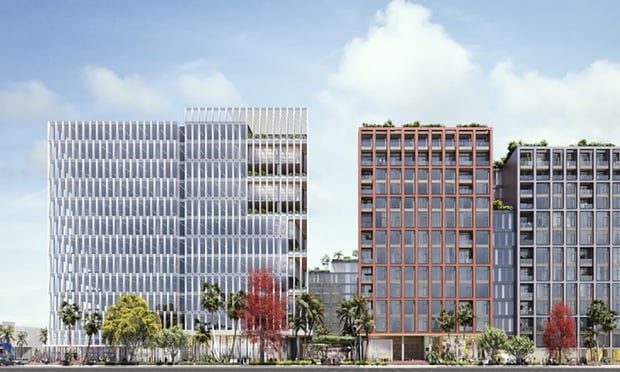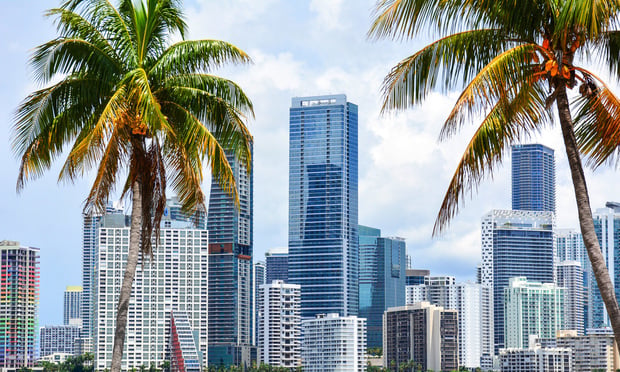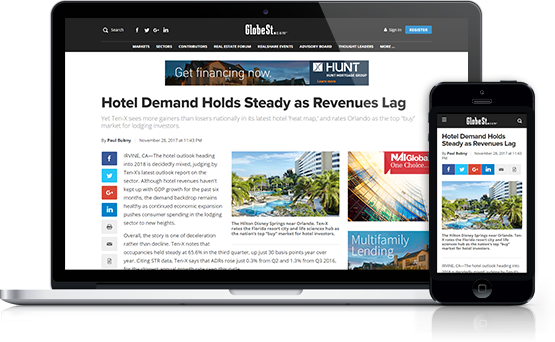Meteorologists and scientists predict Florida's 2020 hurricane season, which commenced on June 1, will be a very active season. Some predict as many as 16 named storms, with eight expected to become hurricanes, and four reaching major hurricane strength. Florida's developers, general contractors and the broader construction industry must be proactive to ensure their hurricane procedures are in place and ready to implement should a storm threaten the region. On any active construction site, readying for a storm includes protecting supplies and materials, covering building openings, removing debris, removing or securing equipment, lowering cranes, documenting the conditions at the site and coordinating jobsite security.
The 2020 hurricane season may prove to be like no other. Never has the development and construction industry had to prepare for a hurricane season while also dealing with the effects of an active pandemic. In March, while residents were sheltering in place and many businesses temporarily closed due to the pandemic, construction was deemed an essential business and was allowed to continue, but it was anything but business as usual. In order to continue operating, the construction industry had to learn, in real time, to operate under new health and safety regulations and restrictions and deal with incidence of jobsite infections. New safety procedures were implemented—including proper social distancing, use of personal protective equipment, increasing the number of washing stations, decreasing the number of employees allowed to congregate at lunch trucks, limiting presence on common conveyances (lifts and elevators) and sanitizing workstations. Moreover, suppliers began placing buyers on allocation, increasing delivery durations and pricing with risk premiums.
The parallels between hurricane season and the pandemic are centered on these challenges, which are likely to continue or worsen should a hurricane further interrupt the normal flow of the construction and development process. The impact of both interruptions will require project participants to address myriad additional factors like contract terms, notice issues, possible suspensions, demobilization, remobilization, safety, employment, delays, extra costs, insurance, and governmental inspections, among many other concerns. Moreover, for owners and developers, the impact of the dual interruption may compound the virus's already disruptive power on project finance and the projected completion, both of which are critical to project success. Communication among the project participants becomes even more vital. Owner and contractors must work together to identify, assess and mitigate project impact, whether emanating from a hurricane or the pandemic.
Recommended For You
Want to continue reading?
Become a Free ALM Digital Reader.
Once you are an ALM Digital Member, you’ll receive:
- Breaking commercial real estate news and analysis, on-site and via our newsletters and custom alerts
- Educational webcasts, white papers, and ebooks from industry thought leaders
- Critical coverage of the property casualty insurance and financial advisory markets on our other ALM sites, PropertyCasualty360 and ThinkAdvisor
Already have an account? Sign In Now
*May exclude premium content© 2025 ALM Global, LLC, All Rights Reserved. Request academic re-use from www.copyright.com. All other uses, submit a request to [email protected]. For more information visit Asset & Logo Licensing.








